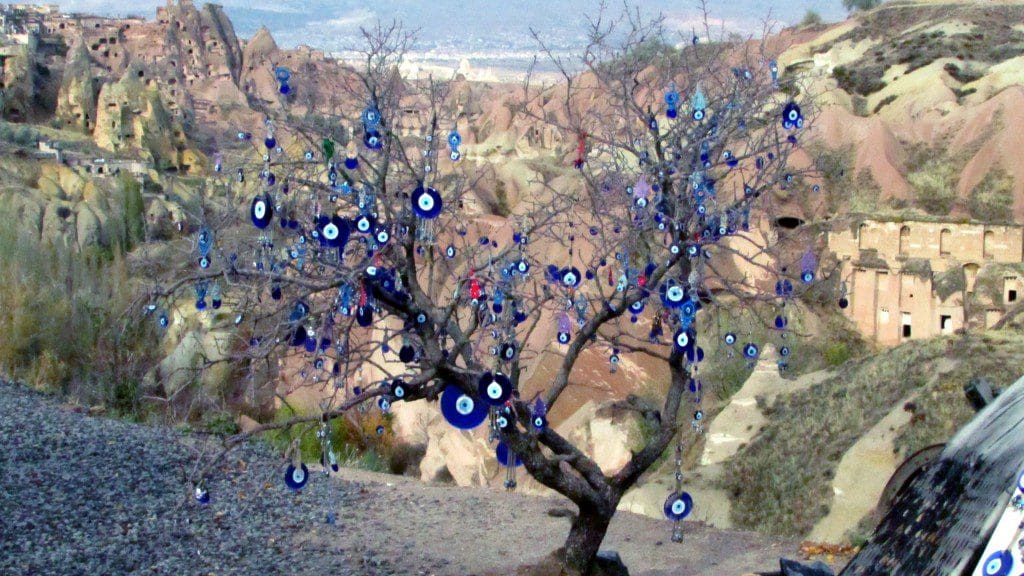
Travel superstitions abound: Always step onto a ship with your right foot first, but never start a journey on a Friday. When someone else starts a journey, spill water behind them for good luck. If you’re longing for travel excitement, in Mexico put your suitcase on the front porch on New Year’s Eve, or in Russia, just sit on your luggage before embarking on a trip.
There are also travel superstitions that portend bad luck: Don’t risk the wrath of Pele, Hawaiian Goddess of fire, by slipping black sand or a lava rock into your suitcase; same for spiriting away rocks from the sacred Aboriginal mount Uluru. In North American and Europe, many airlines skip seat row 13 and hotels skip floor 13 – the official word for this superstition is Triskaidekaphobia. In China and Japan, the number four is considered unlucky, so hotels usually don’t have a fourth floor and avoid “four” room numberings.
Famous Landmarks with Travel Superstitions
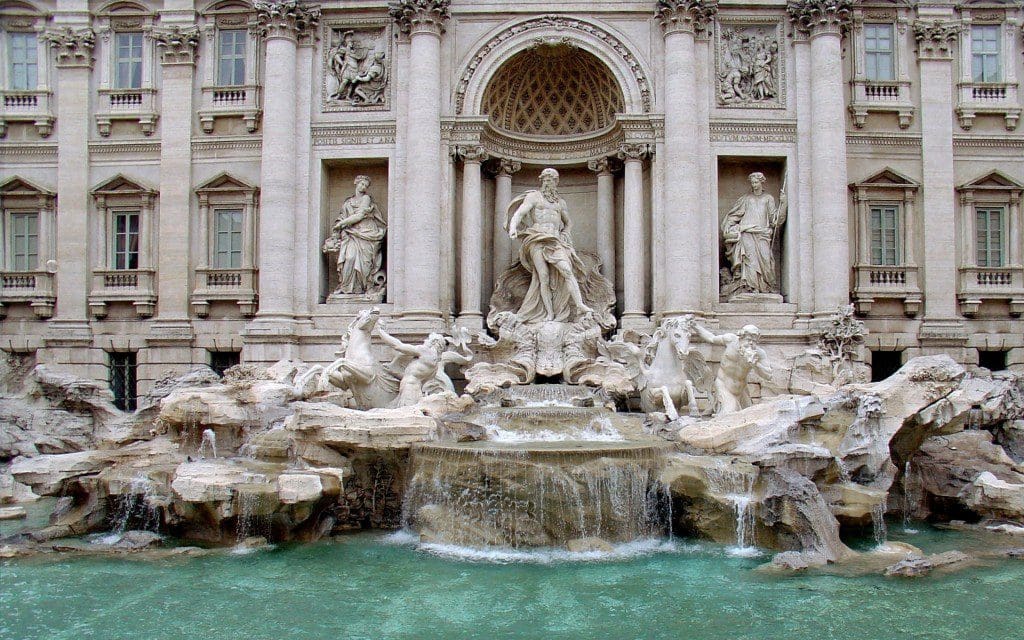
- Trevi Fountain, Rome, Italy – The beautiful baroque fountain is probably the most famous fountain in the world. Common travel superstition is that if you toss coins into the fountain (using the right hand over the left shoulder) you will return to the Eternal City. Thousands of visitors do just that – around €3,000 is collected nightly and donated to local charities. Travel Maestro tip: As of July 2014, the fountain is drained, scaffolded and fenced off for restoration.
- Juliet Capulet statue, Verona, Italy – The home of Shakespeare’s star-crossed heroine is a shrine to true love. To assure luck in love, travel superstition calls for visitors rub the right breast of the bronze statue of Juliet. Travel Maestro tip: Another tradition of leaving notes to Juliet, stuck to the walls with gum, has been curtailed with the institution of $600 fines for defacement.
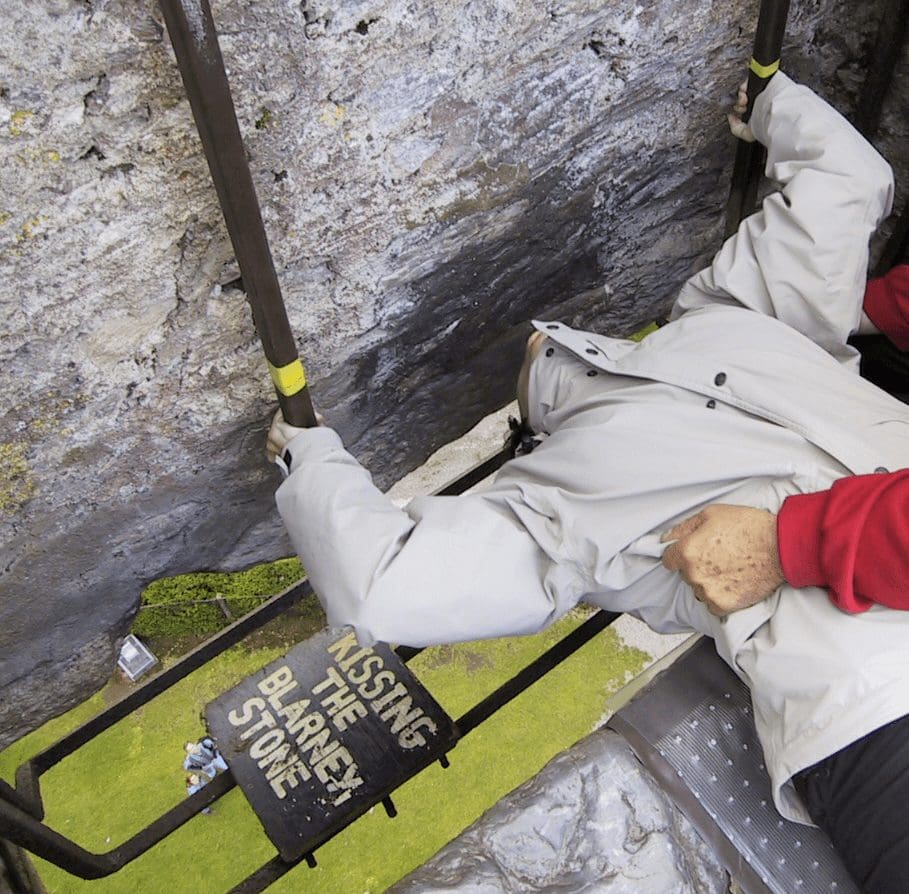
Kissing the Blarney Stone is no easy feat! Image credit: Wikipedia - The Blarney Stone, Cork, Ireland – An old travel superstition promises the gift of gab, flattery or eloquence to those who climb the steps of Blarney Castle, lean backwards, upside down to kiss the rock that was embedded in the castle’s tower battlements in 1446. Travel Maestro tip: Castle assistants and protective crossbars are in place to help you maneuver into position without falling over the parapet’s edge.
- Victor Noir’s Tomb, Paris, France – In Père Lachaise Cemetery, the reposed statue of the late French journalist lies atop his grave. Superstition dictates that rubbing the prominent crotch area will bring luck in love and fertility. Travel Maestro tip: So many rubs have changed the shade of the area and officials fenced it off to protect it from “lewd rubbing.”
- The Charles Bridge, Prague, Czech Republic – The 14th-century bridge that connects Old Town and Mala Strana is lined with statues, but an enduring travel superstition is that rubbing the plaques below the statue of the martyred St. John of Nepomuk will bring a traveler good luck and a safe return to the beautiful city. Travel Maestro tip: A stroll across the iconic bridge as the evening lights come up on the castle is especially romantic.
- Hagia Sophia, Istanbul, Turkey – Built in the 6th-century as a Christian cathedral, converted to a mosque by the Ottomans in th15th-century, and now a museum, this extraordinary structure is renowned for its impressive mosaics and revolutionary dome. Legend has it that all ailments will be cured if you stick your thumb in a small hole in the “Weeping Column” and it emerges moist. Travel Maestro tip: Don’t leave Turkey without an “evil eye” souvenir to protect you from evil wherever you travel.
- The Intihuatana Stone, Machu Picchu, Peru – The ancient Incan estate as a whole is one of the most awe-inspiring sites in the world. There, the Intihuatana Stone, known as the “Hitching Post of the Sun,” is a ritual stone aligned with the astronomic clock. Shamanic legend says that when a sensitive person touches his forehead to the stone, it opens their vision to the spirit world.
- Laughing Buddha, Hangzhou, China – The Lingyin Temple dates back to 328 AD and is believed to be where the practice of patting a Buddha’s belly for luck began. Travel superstition decrees that the Laughing Buddha’s belly offers a font of good fortune, if tickled properly.
- Sensoji Temple, Tokyo, Japan – Those who are in pain or ill gravitate to Tokyo’s oldest temple where the holy incense is said to have healing powers. Travel superstition suggests the ailing take some of the incense to rub on the area that hurts.
- Lincoln’s Lucky Nose, Springfield, Illinois – In Oak Ridge Cemetery, a bronze bust of Abraham Lincoln adorns his tomb. The nose of the statue is polished from visitors, including several U.S. presidential candidates, rubbing the nose for good luck.
Have you visited other lucky landmarks in your travels? Do you have any travel superstitions of your own? Did they work? Tell us about them in the comments below or on our Facebook page.
Wishing you safe and lucky travels!

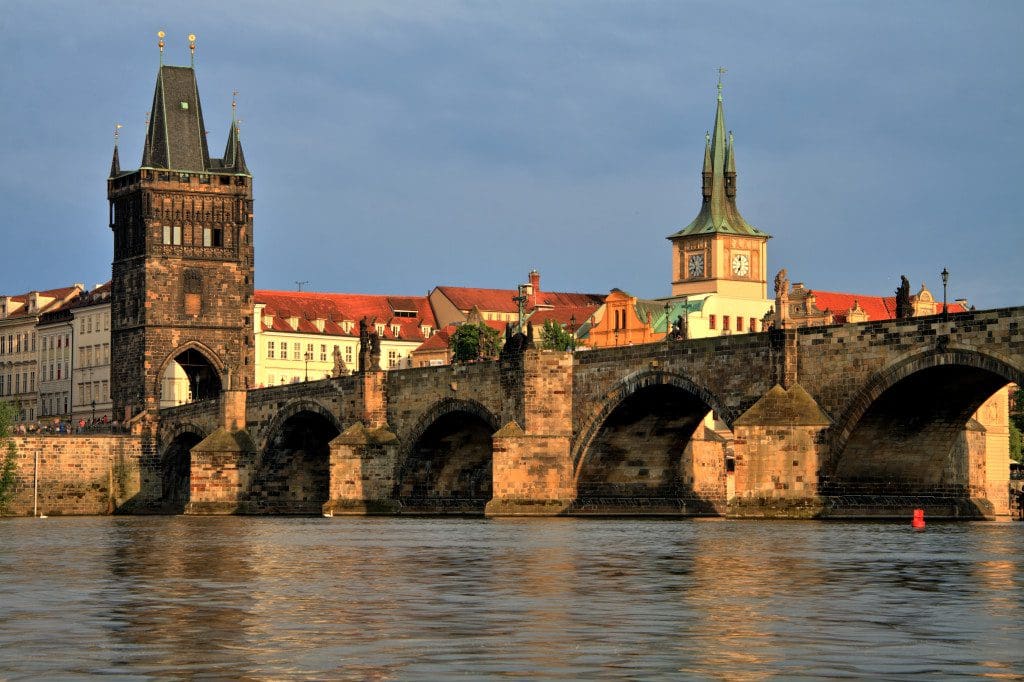
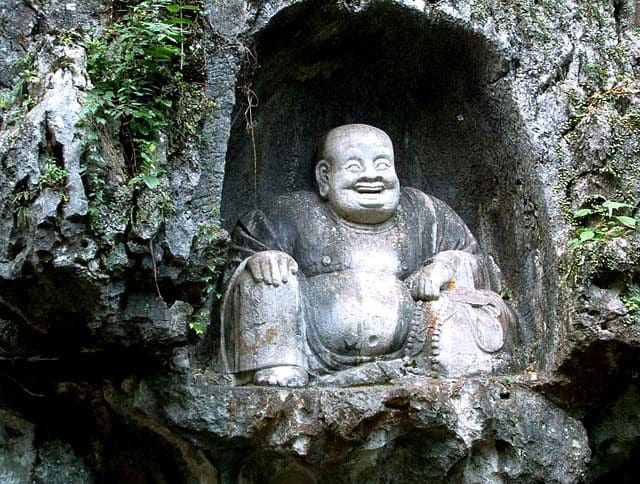





[…] https://www.covingtontravel.com/2014/08/travel-superstitions-10-famous-landmarks-that-bring-visitors-… […]